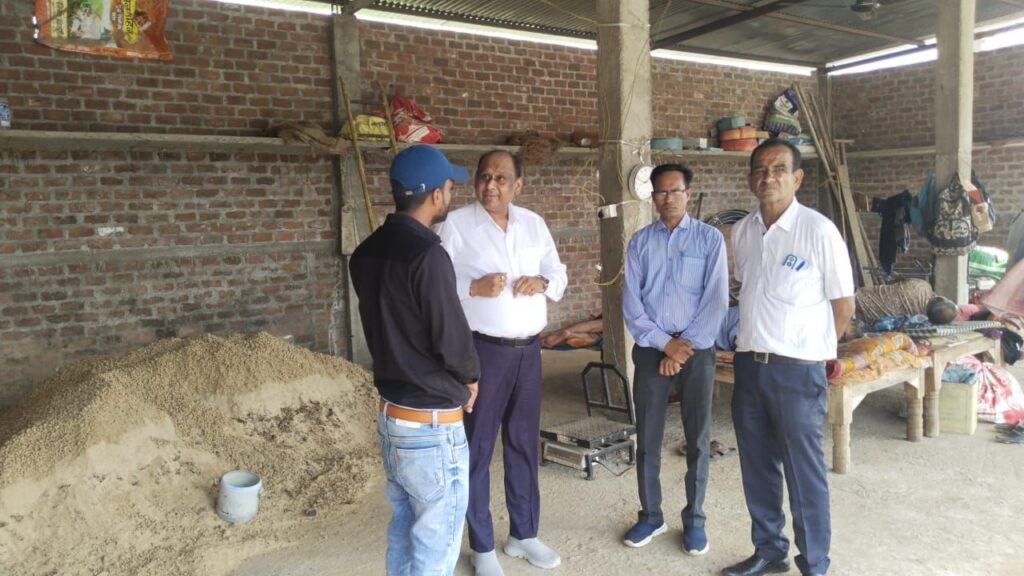Okay, so check this out—I’ve been messing around with staking crypto lately, right? At first, I thought it was just another buzzword tossed around by folks trying to sound fancy. But then I stumbled on how staking intersects with cold storage security. Whoa! That combo isn’t just a neat trick; it’s kinda a game changer for anyone serious about locking down their coins while still earning some yield.
Really? Yeah, because most people assume that if your crypto is in cold storage, you’re basically sidelined from staking rewards. But actually, with some hardware wallets and the right setup, you can manage staking without exposing your private keys online. It’s like having your cake and eating it too.
Here’s the thing. My gut told me this had to be complicated—like juggling flaming swords complicated. But turns out, it’s more about smart management than hardcore tech wizardry. Still, I’m not saying it’s foolproof. You gotta know what you’re doing, especially when dealing with tamper-proof devices.
When you think about cold storage, you probably imagine your crypto locked away in a vault—offline, unreachable, and safe from hackers. But that safety often means you miss out on staking, which is how many crypto holders grow their assets passively. So how do you balance security with active earning? That’s the million-dollar question.
Initially, I thought you had to choose one or the other. Either your coins sit safe in cold storage, or they’re hot and ready for staking. But then I read about hardware wallets that let you interact with staking apps securely—without ever exposing your keys to the internet. Actually, wait—let me rephrase that: some hardware wallets act like a security gatekeeper, authorizing staking transactions safely. Pretty slick, huh?
Now, I’m biased, but from what I’ve seen, devices like Ledger offer some of the tightest integration between cold storage and staking management. The Ledger Live app, for instance, is pretty user-friendly, but sometimes folks want alternatives. (Oh, and by the way, if you’re hunting for a solid alternative tool, there’s this unofficial hardware wallet companion app that’s been making rounds in some communities.)
Something felt off about trusting third-party apps at first. How do you know they aren’t phishing or exposing your keys? That’s where tamper-proof storage steps in—hardware wallets are essentially physical fortresses. They keep your keys offline and only sign transactions when you approve them physically. It’s like having a bouncer at the club door who checks IDs before anyone gets in.
But here’s a curveball: staking often requires your coins to be “locked up” for some period. So, you’re committing to keeping funds in a staking contract that sometimes isn’t instantly reversible. That bugs me, especially if market swings make you want quick access. I mean, crypto’s volatile by nature, right? So staking demands a bit of patience and planning.
Still, the rewards can be very very important. Passive income in crypto isn’t just a pipe dream anymore. But it’s a balancing act—you want to maximize yield, keep your assets safe, and preserve liquidity. There’s no magic bullet, but hardware wallets definitely tilt the scales toward security without sacrificing too much convenience.

One thing I didn’t appreciate at first was the subtle differences between cold storage and hardware wallets. People often say “cold storage” and “hardware wallet” interchangeably, but cold storage can be as simple as a paper wallet or an offline computer. Hardware wallets, though, are specialized devices designed to securely sign transactions while keeping keys offline. That little nuance matters a lot when staking.
Let me walk you through a typical workflow I experimented with: you keep your crypto in a hardware wallet—offline and locked down. Then, when you want to stake, you connect the device to a staking interface, confirm the transaction manually, and voilà—your coins start earning rewards without ever exposing your keys online. It’s almost like remote control for your funds, but with a physical safety switch.
On one hand, this setup requires some technical know-how and trust in the staking platform. Though actually, if you’re using a reputable hardware wallet and verified staking services, your risk is minimized. Still, I’m not 100% sure this is foolproof in every scenario—there’s always some attack vector lurking.
Here’s what bugs me about staking through hardware wallets: user experience can be clunky, especially if you’re not super tech-savvy. Some apps are slow or glitchy, and the approval steps can feel tedious. But hey, that’s the price you pay for extra security, right? I’d rather deal with minor annoyances than wake up to a drained wallet.
Something else worth mentioning is firmware updates on these devices. They’re necessary for security patches but occasionally cause hiccups, like temporary incompatibility with staking platforms. If you’re deep into staking, you gotta stay on top of updates and community news. It’s not “set it and forget it.”
Balancing Security and Accessibility in Crypto Staking
Honestly, the whole staking plus cold storage combo made me rethink what “secure” really means in crypto. It’s not just about locking keys away; it’s about managing access smartly. I’m reminded of how banks don’t just lock money in vaults—they have layered access controls, audits, and monitoring. Hardware wallets are bringing that mindset into personal crypto custody.
Check this out—some users leverage multi-signature setups combined with hardware wallets to add extra layers of tamper-proof security. That’s a bit advanced, but it’s the kind of approach that really minimizes risk.
And, of course, it’s not all sunshine. Staking contracts can have bugs or unexpected rules. Sometimes your coins get “slashed” (penalized) if the network detects bad behavior, which could be triggered by downtime or errors on your node. So, you gotta understand the protocol’s specifics before diving in.
My instinct said, “stay away from staking if you’re not ready to handle that complexity.” But after a few months tinkering, I see it’s manageable with the right tools and mindset. And let me tell you—there’s a certain satisfaction in watching your crypto grow safely while you sleep.
For anyone interested in exploring this path, I definitely recommend starting small and learning the ropes. And if you want a secure, reliable way to manage staking with physical key protection, consider a hardware wallet. It’s not just hype; it’s a proven safeguard.
Anyway, I’m curious—how do you balance the thrill of staking with the chill of cold storage? It’s a tricky dance but worth mastering if you’re serious about crypto long-term. Somethin’ tells me this space will only get more interesting as hardware wallets evolve and staking protocols mature. So keep an eye on it.





